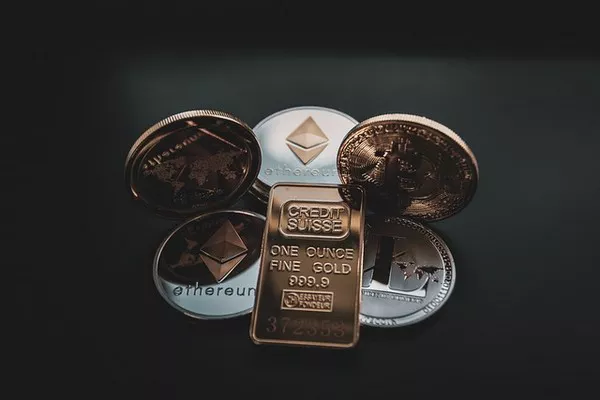Gold, the precious metal that has captivated humanity for centuries, continues to hold an irresistible allure. Whether for its aesthetic beauty, its intrinsic value, or its symbolic significance, the quest for gold persists unabated. In this article, we delve into the historical context of gold discovery, explore the lives of famous gold prospectors, examine modern gold mining operations, analyze investment perspectives, discuss technological advances in gold detection and mining, and address the environmental impact of this eternal pursuit.
Historical Context
Gold discovery dates back thousands of years, with civilizations such as the ancient Egyptians and Mesopotamians valuing it for its rarity and luster. However, it was the gold rushes of the 19th century that truly shaped the modern perception of gold. The California Gold Rush of 1848, sparked by the discovery of gold at Sutter’s Mill, drew hundreds of thousands of prospectors seeking their fortunes. Subsequent rushes in Australia, South Africa, and Canada further fueled the global fascination with gold, shaping economies and societies in profound ways.
Famous Gold Prospectors
Throughout history, numerous figures have become synonymous with the relentless pursuit of gold. Among them, the names of individuals like James Marshall, whose discovery ignited the California Gold Rush, and Klondike Kate, who braved the harsh conditions of the Yukon goldfields, stand out. Others, such as George Hearst, whose mining empire laid the foundation for his son William Randolph Hearst’s media dynasty, left an indelible mark on both the landscape and the collective consciousness.
Modern Gold Mining
In the modern era, gold mining has evolved into a sophisticated industry dominated by multinational corporations. Companies like Barrick Gold, Newmont Corporation, and AngloGold Ashanti operate vast, mechanized operations spanning multiple continents. These operations employ cutting-edge technology and employ thousands of workers, extracting gold from increasingly challenging geological formations.
Investment Perspective
For investors, gold represents both a hedge against economic uncertainty and a speculative opportunity. Gold stocks, such as those of mining companies, offer exposure to the potential upside of gold prices, albeit with risks associated with operational challenges and commodity price volatility. Exchange-traded funds (ETFs) backed by physical gold provide a convenient means of gaining exposure to the metal without the logistical complexities of ownership. Meanwhile, the allure of physical gold, whether in the form of coins, bars, or jewelry, remains undiminished for many investors seeking tangible assets.
Technological Advances
Advances in technology have revolutionized the way gold is detected and mined. Traditional methods, such as panning and sluicing, have given way to sophisticated techniques such as satellite imaging and geochemical analysis. Geologists utilize drones and LiDAR technology to map terrain and identify potential deposits with unprecedented accuracy. Meanwhile, mining operations deploy state-of-the-art equipment, including autonomous trucks and drills, to maximize efficiency and minimize environmental impact.
Environmental Impact
Despite technological advancements, gold mining continues to have significant environmental consequences. Open-pit mining and cyanide heap leaching, commonly used methods for extracting gold, can result in habitat destruction, water pollution, and soil contamination. Additionally, the energy-intensive nature of mining operations contributes to greenhouse gas emissions and climate change. In response, the industry has increasingly embraced sustainable practices, such as reclamation of mined land, water recycling, and renewable energy integration, to mitigate its environmental footprint.
See also What Percentage Of 14 Karat Gold Is Pure Gold
Conclusion
The eternal quest for gold, driven by its allure and intrinsic value, remains a defining aspect of human history and culture. From ancient civilizations to modern corporations, the pursuit of gold has shaped economies, societies, and landscapes around the world. As technology advances and environmental concerns grow, the challenge lies in balancing the benefits of gold mining with its impacts on the planet. Ultimately, meeting the needs of users—whether investors, miners, or communities—requires a holistic approach that acknowledges the multifaceted nature of the gold industry and seeks sustainable solutions for the future.


